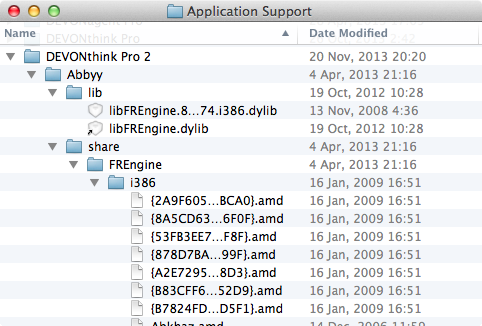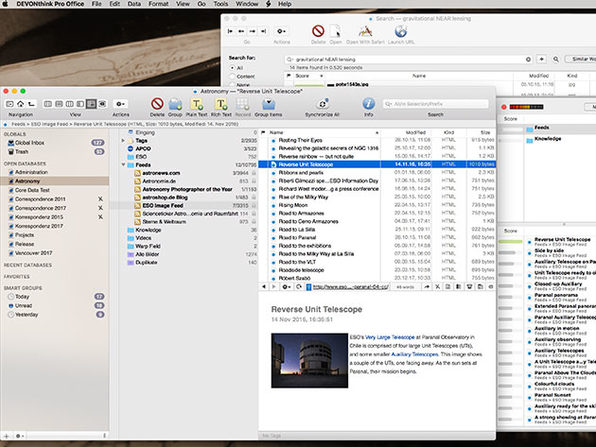

I also use tags to flag sources for points I know I’ll be making in my argument. My tags include basic labels like the names of actors, producers, agents, or playwrights, as well as different theatres, cities, and plays. I use this, after groups, as a secondary categorization system. I have a lot of different tags, and when I am outlining my projects, it makes it easy for me to quickly locate the best evidence for the points I’m making. I use it mostly to help me call up appropriate sources when I am organizing my thoughts during my writing.
#USING DEVONTHINK PRO OFFICE SOFTWARE#
I find its tagging capabilities a bit more streamlined than other software (like Zotero, for instance). Tagging: This feature is the primary reason I purchased DEVONthink Pro Office.

I work on a lot of theatre and performance history, so my categories include labels like “Correspondence” (a larger group containing individual folders for each person), “Periodicals” (for corralling my thousands of newspaper and magazine clippings), “Production Photos,” “Playbills,” “Set Designs,” “Lighting Plots,” “Account Ledgers,” and “Souvenirs and Ephemera.” I just drag-and-drop my photos from archival research directly into the appropriate folders.Ģ. In my main research database, for example, I group my primary source documents by type.

Groups: I like that I can quickly sort my documents into groups, which I basically use as folders. Given my finicky relationship with other bibliographic management and database software, I thought it might be worth sharing a bit about my experience with DEVONthink Pro Office, for other graduate students who find themselves in search of the proper tool.ġ. I’ve been using it to build research databases, to construct a bibliography and notes for qualifying exam preparation, and to help me organize potential archives as I begin to craft my dissertation prospectus. It isn’t perfect, but it’s by far the best fit I’ve found for my purposes. So when a colleague suggested I check out DEVONthink Pro Office, I figured it was worth a shot. I needed something dynamic and user-friendly to help me store and organize my ever-swelling cache of files. (If you’re interested in trying Zotero, check out this post by GradHacker writer Alex Galarza.) Heading into the early stages of dissertation research, I knew I needed to get serious about selecting a tool and sticking with it. To date, I’ve flirted with Zotero, EndNote, and RefWorks, but none of them quite worked for me. Over the past couple of years, I’ve toyed around with different software programs in a half-hearted attempt to get organized. My habit of stashing secondary source literature is almost as bad.

I’m an historian by trade, and like many other researchers, I have a tendency to accumulate messy piles of primary source documents until I forget what I have or can’t locate the proper item when I need it most. My name is Emily, and I’m an evidence hoarder. You can find her on Twitter at or at her blog, dighistorienne. Emily VanBuren is a PhD student in History at Northwestern University.


 0 kommentar(er)
0 kommentar(er)
